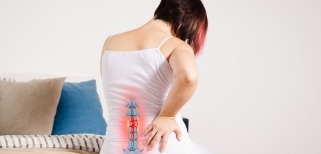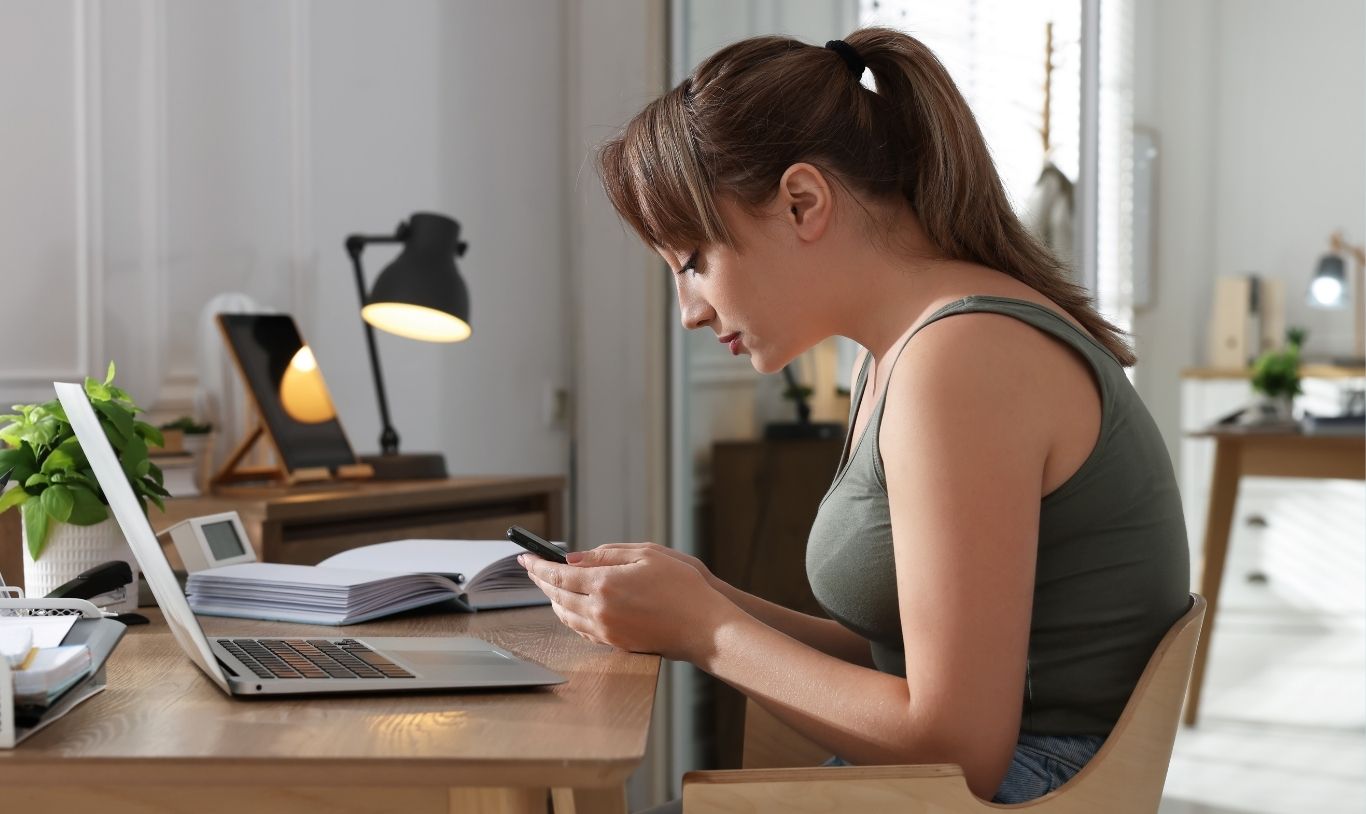




Health Information



Understanding Lower Back Pain: Causes, Symptoms, and Treatment Options

Understanding Lower Back Pain: Causes, Symptoms, and Treatment Options (by Sportsperformance Physiotherapy)
Back pain is one of the most common reasons people seek medical help or miss work. It can manifest for various reasons, understanding the common causes can help in prevention and management. Have you encountered these factors when you feel lower back pain?
Common Causes of Lower Back Pain:
1. Muscle or Ligament Strain
This often occurs due to:
- Heavy Lifting: Improper lifting techniques or lifting weights that are too heavy can strain the muscles in the lower back.
- Sudden Movements: Making abrupt movements, such as twisting or bending awkwardly, can cause muscle or ligament injuries.
- Overexertion: Engaging in physical activities without proper conditioning can lead to strain.
2. Poor Posture
Maintaining poor posture, whether sitting, standing, or sleeping, can strain the lower back. Common posture-related issues include:
- Slouching: Sitting with a rounded back can place extra pressure on the spinal discs and muscles.
- Uncomfortable Sleeping Positions: Sleeping in awkward positions can lead to stiffness and pain upon waking.

3. Sedentary Lifestyle
A lack of physical activity can weaken the muscles that support the spine, leading to pain. Regular movement is essential for:
- Strengthening Muscles: Strong muscles provide better support for the spine.
- Improving Flexibility: Regular stretching can enhance flexibility and reduce the risk of injury.

4. Herniated or Bulging Discs
The spine is made up of vertebrae cushioned by intervertebral discs. When these discs become herniated or bulge out of their normal position, they can press on nearby nerves, causing pain. This condition can result from:
- Age-Related Degeneration: As we age, discs can lose hydration and elasticity, making them more prone to injury.
- Injury or Trauma: Accidents or injuries can lead to disc herniation.
5. Skeletal Irregularities
Conditions that affect the alignment of the spine can lead to lower back pain:
- Scoliosis: A curvature of the spine can lead to uneven distribution of weight and stress on the back muscles.
- Kyphosis: An exaggerated rounding of the back may cause discomfort and pain.

6. Osteoporosis
Osteoporosis is a condition characterized by weak and brittle bones. This condition can lead to compression fractures in the vertebrae, resulting in significant pain. Risk factors include:
- Age: Older adults are at higher risk due to natural bone density loss.
- Hormonal Changes: Changes in hormone levels, especially in postmenopausal women, can contribute to bone loss.
In most cases, the back pain can be resolved in a few days or weeks. However, some symptoms can be more serious requiring a full assessment and diagnosis by an experienced Physiotherapist or GP. Recognizing the symptoms is crucial for effective management and treatment.
Symptoms of Lower Back Pain:
Lower back pain can present a variety of symptoms, which may include:
- Onset: The pain can start suddenly or develop gradually.
- Triggering Events: It may occur after a specific action, such as bending to lift something, sometimes accompanied by a “pop” sound.
- Pain Level: The discomfort can feel sharp or dull and achy.
- Pain Patterns: It may come and go or be a constant issue.
- Pain Area: The pain might extend down to the buttocks or legs (sciatica).
- Position Sensitivity: Certain positions, like bending or crouching, may worsen the pain while lying down can provide relief.
- Unknown Causes: In some cases, there might not be a clear trigger.
Additional symptoms can include:
- Stiffness: Difficulty moving or straightening the back, with a prolonged need to walk or stretch to ease stiffness.
- Posture Issues: Challenges in maintaining a straight posture, leading to a crooked stance or a flat lower back.
- Muscle Spasms: After a strain, muscles in the lower back may spam or contract uncontrollably, leading to significant pain and difficulty with movement.
When should you see a doctor/ physio for back pain?
Most instances of back pain improve over time with home care and self-management, typically within a few weeks. However, you should reach out to a healthcare professional if your back pain:
- Lasts longer than a few weeks.
- Severe and does not improve with rest.
- Radiates down one or both legs, especially if it extends below the knee.
- Causes weakness, numbness, or tingling in one or both legs.
- Accompanied by unexplained weight loss.
In rare cases, back pain may indicate a serious medical issue. Seek immediate medical attention if your back pain:
- Leads to new bowel or bladder problems.
- Accompanied by a fever.
- Follows a fall, blow to the back, or other injury.
How can physiotherapists help patients with back pain?
The physiotherapist will assess you and provide specific treatment for your symptoms. This may include joint mobilisation, and other techniques to facilitate the movement of joints and relaxation of muscles. They will also give you specific exercises to restore movement and help you achieve good posture, along with strengthening exercises to help minimise the recurrence of pain.
If you experience any sport-related injuries or need to restore optimal physical health, you should make an appointment to seek advice from a professional physiotherapist or medical expert to obtain a proper diagnosis and appropriate treatment.



